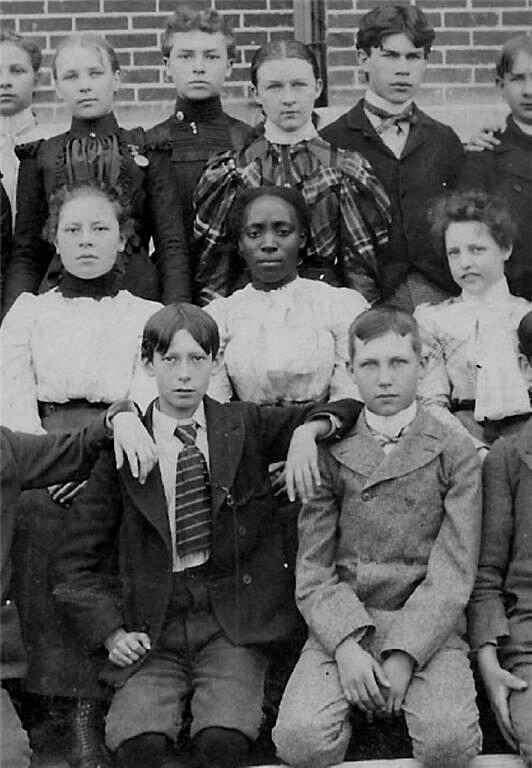
Figure 1.--Here we see variety of neckwear worn at an American school about the turn-of-the 20th century. Notice only one boy weara a necktie. |

|
Neckwear at school has varied over time. Here there are two primary factors. One is formality. Where children dress formlly for school, they commonly wear some time of neckwear. Another factor is uniform. Many school uniforms include neckwear, but this is not always the case. We have noted a range of neckwear items. Boys mightwear bow ties, cravats, string ties, and other items, but the necktie is the basic schoolneckwear item. The most impotant is the neckties and here the genesis is Britain. British schoolboys wear ties to school. Both state and private schools required them. The school tie as we know it today appeared in England in the 1920s as soft collars replaced stiff Eton collars. Ties were considered appropriate school wear as formal clothes were the standard at school. Dressing in comfortable clothes was no considered appropriate for school. The ties were usually stripped in the school colors. Each school might have several different styles and colors of ties. Often prefects or boys who "won their colors" received the honor of wearing distinctive colors. Many elementary schools in the 1980s began allowing boys to wear more casual clothes, including shirts without ties. Almost all secondary schools, however, still require ties. Some Scottish schools did not require ties.
Neckwear at school has varied over time. Here there are two primary factors. One is formality. Where children dress formlly for school, they commonly wear some time of neckwear. Children used to dress more formallt for school than is now the case. So school neckwwear has been affected by overall fashion trends. Another factor is uniform. Many school uniforms include neckwear, but this is not always the case.
We have noted a range of neckwear items. Boys mightwear bow ties, cravats, string ties, and other items, but the necktie is the basic schoolneckwear item. We see a variety of neckwear until about the turn of the 20th century. At this time the standard school neckwear item became the necktie. And here the genesis was Britain. We see other school neckwear, but the school tie is by far the most common,
Neckwear conventions vary widely by country. American children no longer commonly dress up or wear uniforms to school. The same is the case in much of Europe. British students, however, do often wear uniforms. British schoolboys wear ties to school, especially at the secondary level. Both state and private schools required them. The school tie as we know it today appeared in England in the 1920s as soft collars replaced stiff Eton collars. Ties were considered appropriate school wear as formal clothes were the standard at school. Dressing in comfortable clothes was no considered appropriate for school. The ties were usually stripped in the school colors. Each school might have several different styles and colors of ties. Often prefects or boys who "won their colors" received the honor of wearing distinctive colors. Many elementary schools in the 1980s began allowing boys to wear more casual clothes, including shirts without ties. Almost all secondary schools, however, still require ties. Some Scottish schools did not require ties.
Related Chronolgy Pages in the Boys' Historical Web Site
[The 1880s/a>]
[The 1930s]
[The 1940s]
[The 1930s]
[The 1940s]
[The 1950s]
[The 1960s]
[The 1970s]
[The 1980s]
Related Style Pages in the Boys' Historical Web Site
[Long pants suits]
[Short pants suits]
[Socks]
[Eton suits]
[Jacket and trousers]
[Blazer]
[School sandals]
Navigate the Boys' Historical Clothing Web Page
[Return to Main school uniform page]
[Return to Main school uniform garment page]
[Introduction]
[Bibliographies]
[Biographies]
[Activities]
[Chronology]
[Clothing styles]
[Countries]
[Contributions]
[FAQs]
[Glossaries]
[Images]
[Links]
[Registration]
[Boys' Clothing Home]
